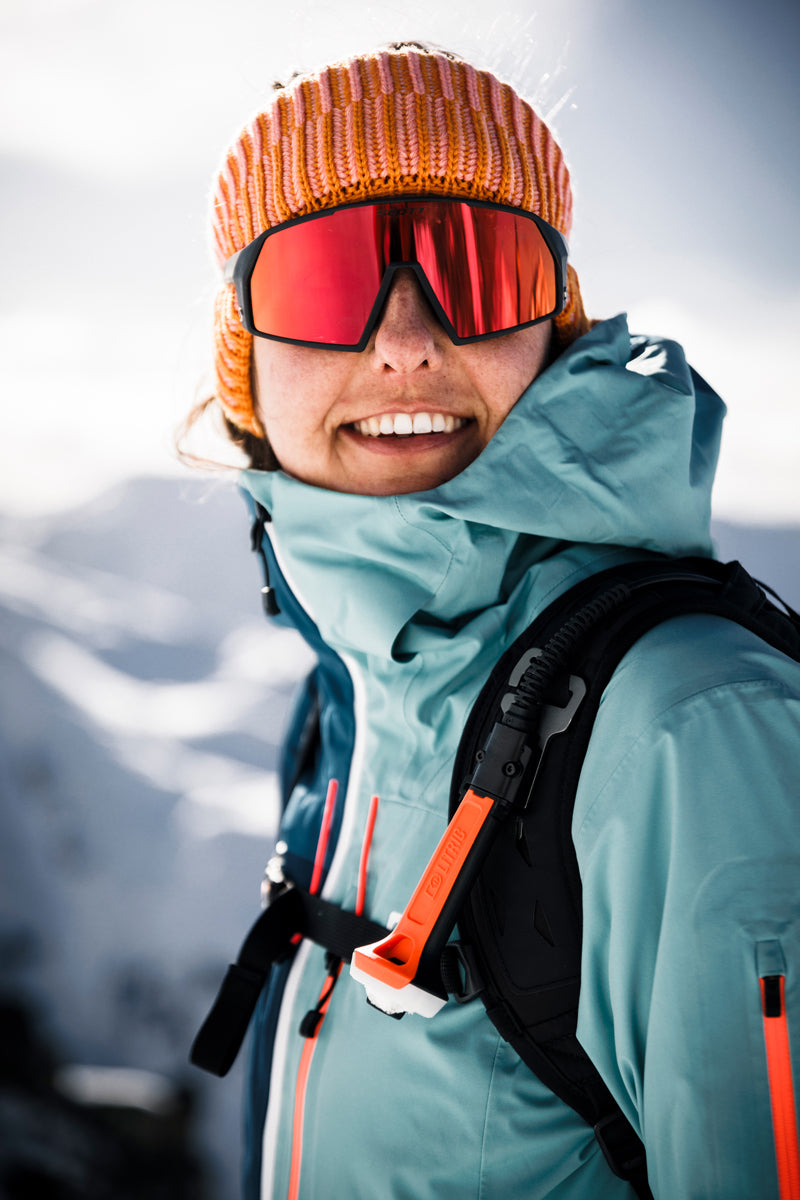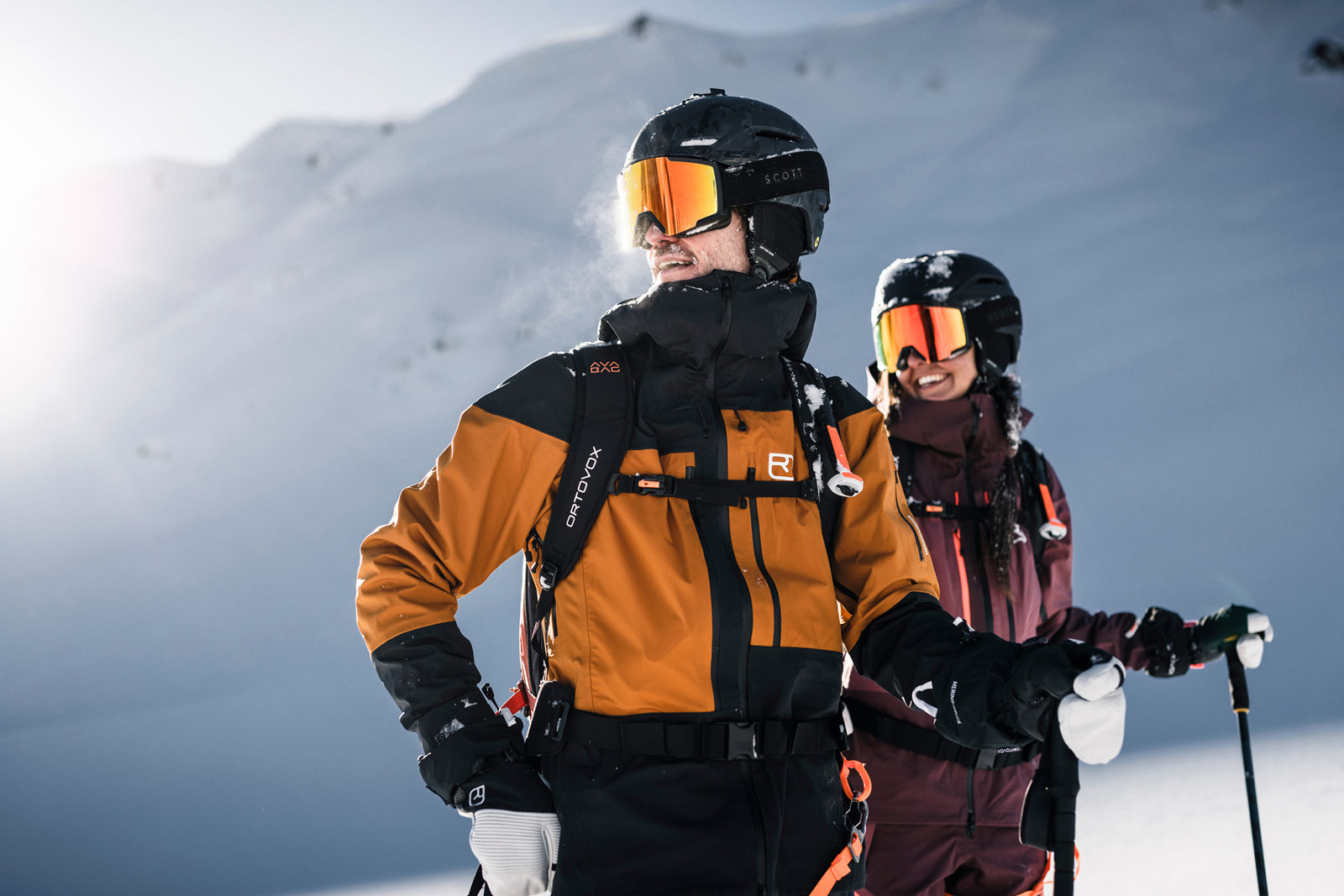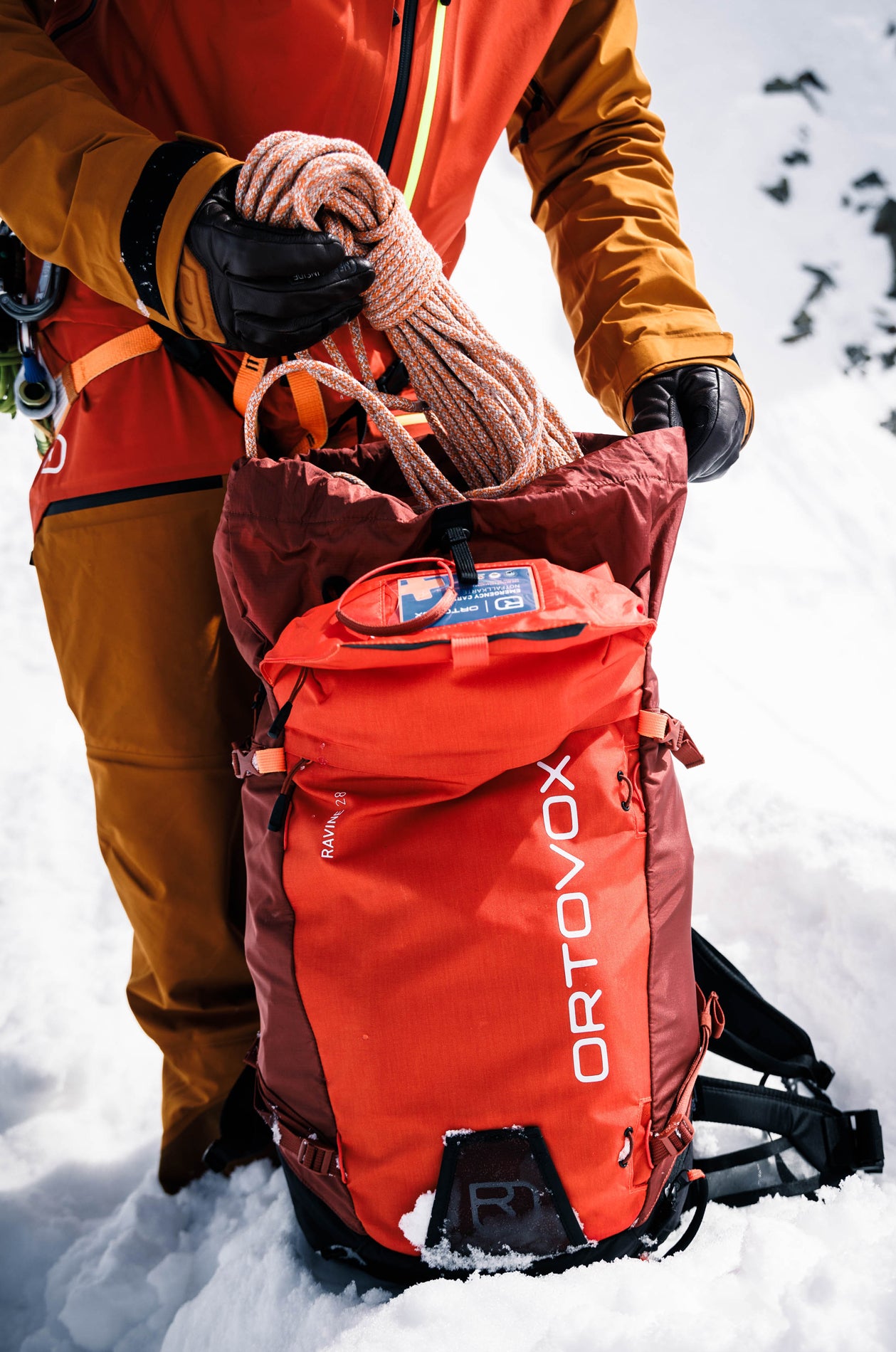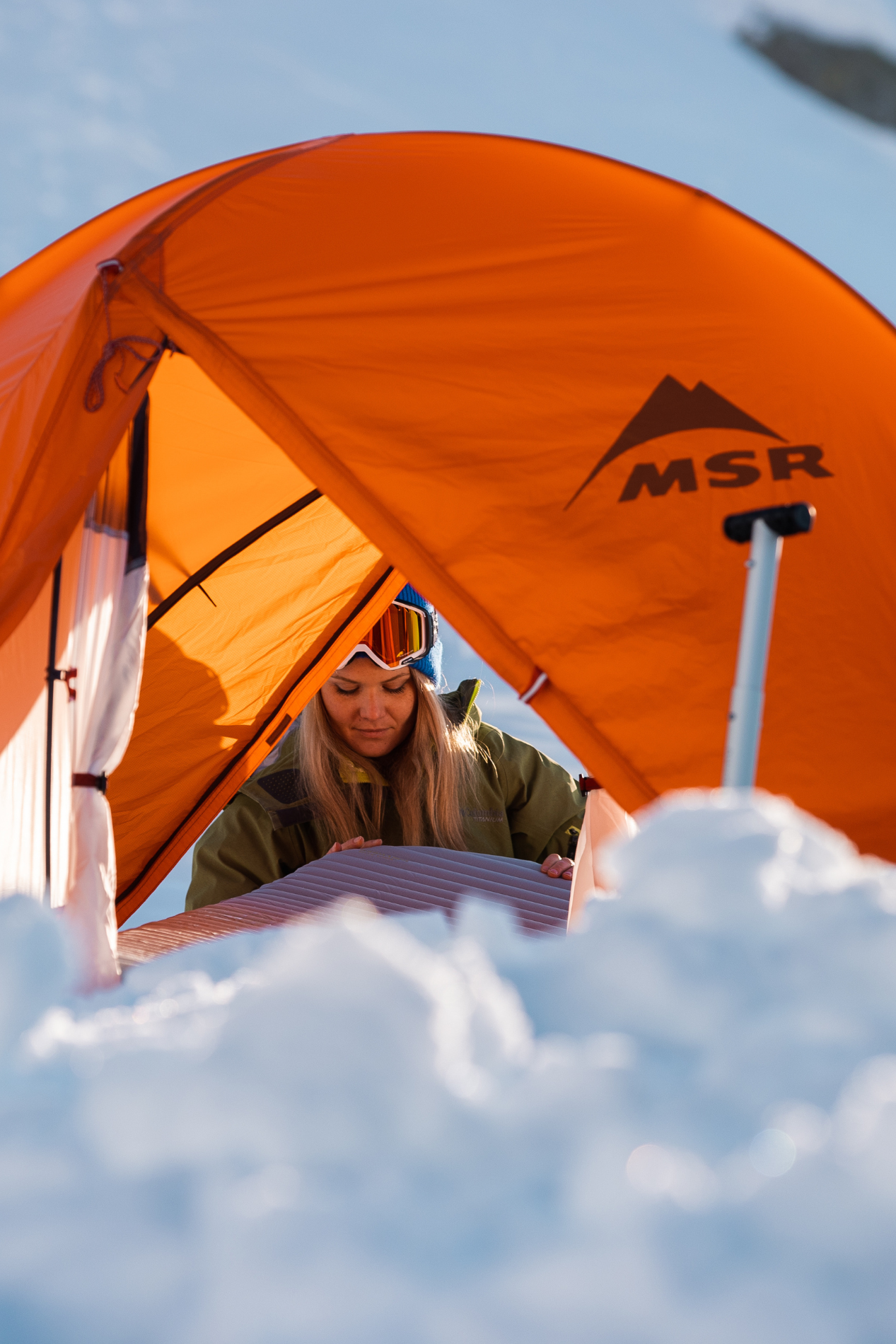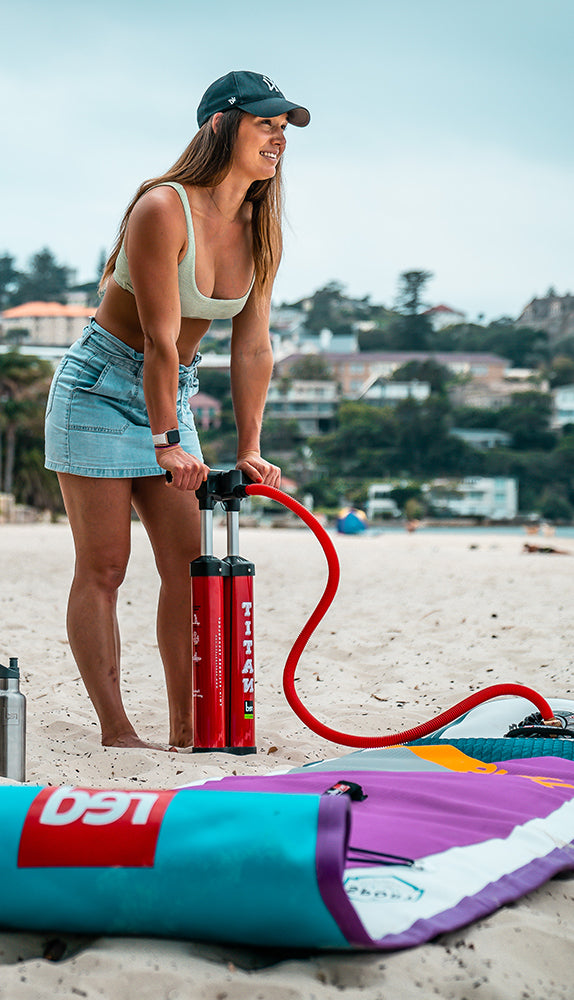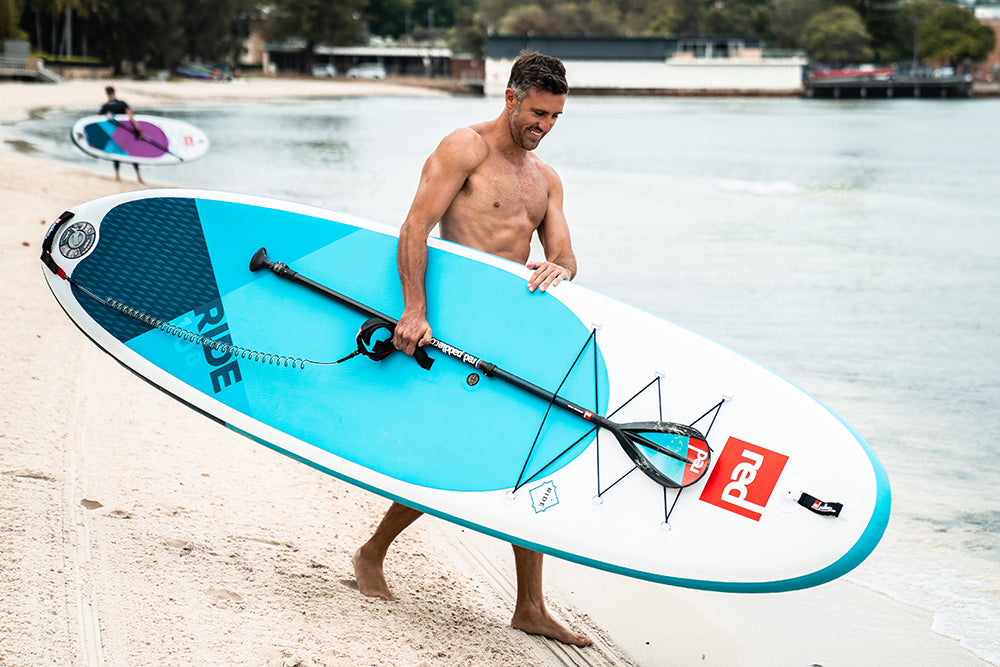
Spring Skiing in the Backcountry
Stay hydrated
When you are ski touring mid-winter, you can get away with a 1L Nalgene for the day. However, during spring you may want to think about bringing twice that amount! You can also add small amounts of snow to your bottle, but DO NOT overload it as it will freeze. We also suggest taking some type of hydration tablets, these can help starve of unwanted fatigue by keeping your electrolyte levels high so you can squeeze out that extra slush line at the end of the day.

How to avoid skin clumping
This scenario can be incredibly frustrating and turns an efficient mode of transport into an inefficient hike with an angry user. The reason this happens is the warming sun melts the snow and changes that glorious powder you skied a few months ago into water, the water soaks into your skin and soaks it through. Then as you have sodden skin, snow then sticks to this and creates often ginormous clumps of snow on the bottom of your ski. Say goodbye to the beautiful glide you once had.
A way to reduce this is to apply skin wax to your skin. This needs to happen before you go ski touring whilst the skin is dry, it’s much less effective once the ski is already soaking wet, so apply generously the night before or make sure you and your backcountry buddies all do it together in the car park.
Secondly, because of the warming snow, the bases of your skis can feel sticky and grabby on the descent. This could be for two reasons. One, you applied cold weather wax to your skis. Wax has appropriate temperature levels and using cold weather wax during warm weather will result in a ski that doesn’t glide. Secondly, you may have not applied any skin wax at all!
LEARN MORE: How to take care of your skins
Spring Skiing in Resort
Gaper Day
It’s the end of the Whistler Blackcomb ski season – so sad! Whistler is one of the best places to ski in Canada and Monday 18th of April is the Whistler mountain best gapers days to celebrate the end of the season of skiing. Formally known as “ski in jeans day” in Whistler, gaper day is when you bring your tightest and brightest ski outfit to the mountain and shred Canada’s best ski resort. The louder the ski outfit the better, think 90 flouro and spandex. The aim of gaper day is to be as silly as possible, ski around the resort and you may see skiers on snowblades – a gaper day classic which is a miniature version of skis. Most resorts will also hold a pond skim, this ice-cold patch of open water below along slope lets anyone who dares attempt to skim their skis or snowboard across the bond – the more imaginative the better.
World Ski & Snowboard Festival
When looking for things to do in Whistler in Winter, if you happen to be in town around April 15th, back from a several year hiatus is the world-famous Whistler Ski and Snowboard Festival. Whistler is excited to have back its winter stoke festival! The Corona & WSSF Sauden Couloir extreme race takes place on Saturday. This is an event steeped in history and will be the 18th year this race has taken place. The race consists of 2500-foot leg-burning ski descent.

What to wear for spring skiing?
Hardshell vs Softshell
Most of us won’t leave the house without our Gore-tex hardshell jacket and pants during the winter. Hard shells offer us all-around weather protection, keeping us dry and sheltering us from the wind. However, during the spring when the forecast is blue skies with no chance of rain, it may be more appropriate to ditch the gore-tex hardshell and opt for a softshell. The reason being is breathability.
A softshell layer will still provide protection from the wind and some protection from wet snow/rain. The softshell doesn’t have a waterproof layer so it allows more air to flow freely from the inside to the outside of the jacket. It breathes better thus keeping you cool and preventing excess sweating.
Baselayer
Depending on how hot/cold you run, you may want to downgrade that heavy or midnight merino you love to a lightweight version. Or check out sun shirt, these are long sleeves usually hood shirts that are UPF-rated to keep your arms and kneck safe from sunburn.
Gloves
You might think it’s time to ditch those big gloves you wear all winter, however, don’t be too hasty. Keeping your warm gloves in your pack is the best option. If anyone was to ever became hurt or injured in the backcountry having a warm pair of gloves in your pack is crucial. You can, however, choose a lightweight touring glove which is a wind barrier with no insulation. This allows your hands to stay warm enough for the downhill when skiing fast!
Our Spring Picks



Dynafit Jacket Mammut Mid Layer Dynafit Pant
These are our team’s selection of spring favourites for the season.
The Dynafit Beast Hybrid jacket and pants feature a combination of waterproof and windproof materials on the garment. This hybrid design gives you waterproof protection where you need it most, with the stretch windproof fabric giving you full range of movement. Zip vents on the pant allow for maximum breathability on those warm sunny days.
The Mammut Rime Light Hooded Jacket is an exceptionally lightweight, versatile insulating jacket with synthetic fiber insulation. The Pertex® Quantum Air lining makes the jacket wind-repellent as well as particularly breathable, extremely light and compressible. When you don’t need the jacket, you can easily stow it away in the side pocket – the Rime Light Flex can go with you everywhere.
LEARN MORE: Ski touring for beginners
How to Ski Corn
Corn skiing
It’s all about the harvest! What does this mean, the corn harvest obviously! Corn snow is a magical type of snow that is here for a brief moment and then gone before you even knew it existed. This special type of snow comes about when the snow is not too hard, but then also not too soft. The trick to finding good corn snow is following the sun, slopes with early sun melt faster than slopes with sun later in the day.
If you are based on the west coast of Canada like we are, this means east-facing slopes will soften earlier than west-facing slopes. If you want to ski the elusive corn snow all day long it becomes important to know what aspect you are going to ski on and at what time of day. If you are a savvy ski tourer you could effectively ski perfect corn all day by changing the aspect you ski on as the day goes by. The dream!
Ultimate spring touring conditions guide
We touched on one type of condition you may experience out in the backcountry, but this handy guide from Avalanche Canada explains in more detail about the melt-freeze cycle. Plus three other types of conditions you may experience as spring skiing progresses and the cooling at night changes. They also explain in detail how you can approach these changing conditions in terms of risk management.
Check it out below to learn more!
![]()
Avalanche Canada Spring Conditions
Where to ski tour in Whistler?
Our friends over at Mountain Skills Academy and Adventures (MSAA) have put together a list of ski touring locations that consist of different levels for all ski touring abilities. When skiing these whistler backcountry zones, keep in mind what aspect you are going to ski and change this appropriately for the time of day to get the most out of your backcountry day.
Check out the list below.
MSAA Guide to the ski touring in the Whistler backcountry
So don’t jump on your bike too quickly, great times can be had in the mountains over the spring. Hydrate, use sunscreen and be safe!


